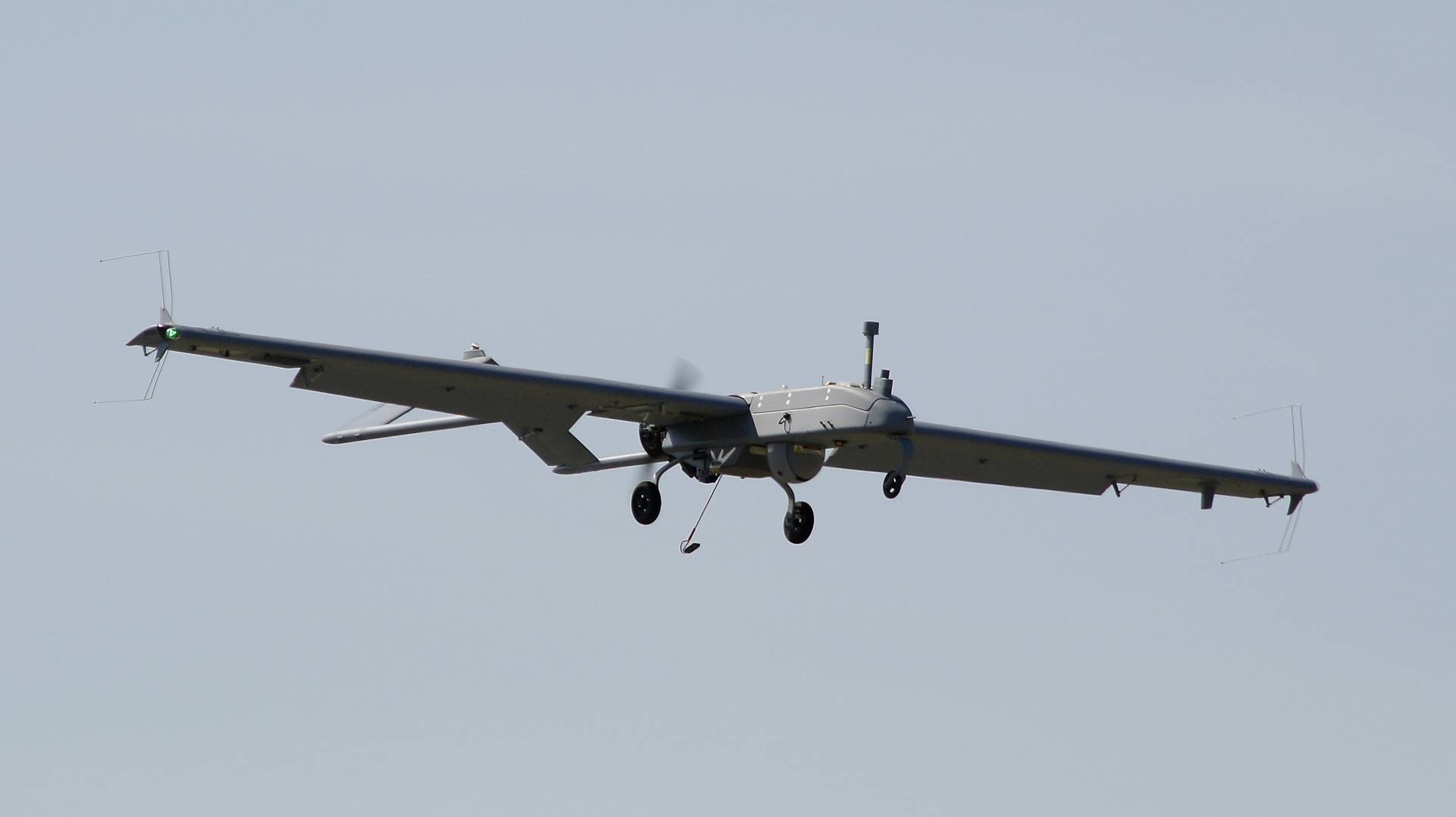The Unmanned Aircraft Systems Project Office has completed equipping the 1/501st Aviation Battalion, 1st Armored Division’s Combat Aviation Brigade, from Fort Bliss, Texas, with the RQ-7Bv2 (Tactical Common Data Link) Shadow Unmanned Aircraft System, or UAS.
The unit is the first to receive the Shadow v2 and have it organically assigned to the battalion.
The 1/501st became the 3rd Squadron, 6th Cavalry Regiment, during a re-flagging ceremony, March 16 on Fort Bliss, making the unit the first Apache battalion to be converted to a heavy attack reconnaissance squadron.
“The re-flagging ceremony recognized the first unit to be equipped with the Shadow v2,” said Lt. Col. Tory Burgess, product manager for the Shadow Tactical UAS. “The re-flagging ceremony [takes a] years’ worth of planning, development, testing and production. We are finally getting to the point where we field two to three systems a month to the entire U.S. Army including the combat aviation brigades.”
A successful operational test, held as part of Network Integration Evaluation, or NIE, 14.2, occurred in May 2014, in which UAS operators and Soldiers from Fort Bliss participated. Unit operators, maintainers and leadership are undergoing training on the new system. Training is projected to be completed by the end of May.
“We’re the first Apache battalion to convert under the ARI [Aviation Restructure Initiative] to the heavy attack reconnaissance squadron,” said Lt. Col. RJ Garcia, commander of the 3rd Squadron, 6th Cavalry Regiment. “If you look at our history, we’ve always been the first of the firsts – first unit to field Apaches, and we’re very proud to be the first unit to convert to this new organization.”
Garcia said that within the history of manned-unmanned teaming, the Shadow and the Apache have had an incredible combat record. “This merging is really about the Soldier on the ground. We’re much more efficient, lethal and effective. We’re going to build on the great things that Soldiers across multiple organizations within the U.S. Army have done to be better.”
“It’s an improved capability that supports them as they execute the various missions that we assign them. Nothing is stove-piped now. We now have the ability to share across multiple levels,” he said.
New capabilities that the RQ-7Bv2 incorporates include:
- Encryption protection on the video and control data links.
- Software enhancements allowing interoperability between Army UAS platforms. Ultimately, a Shadow operator will be able to control a Gray Eagle UAS, and vice versa.
- Integrates a common control station and control terminal for all Army UAS platforms. This will increase commonality, interoperability and reduce life cycle costs.
- Standardizes the Shadow fleet to a single configuration which reduces life cycle costs.
- Increased endurance of the Shadow aircraft, increasing the enduring from six to nine hours.
The next units to be equipped with the Shadow v2 are the 101st Combat Aviation Brigade this summer and the 16th Combat Aviation Brigade by the end of fiscal year 2016.










